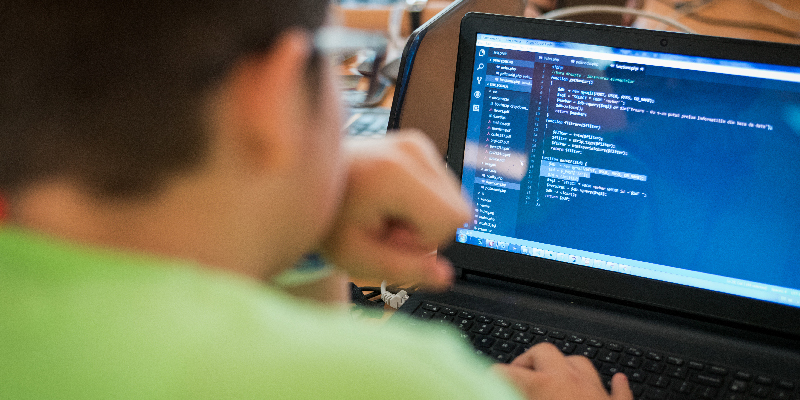Learning to code at an early age has immediate positive effects both in the short- and long-term. There is a still a skill shortage in the computer science industry. Students who start coding when they’re young have a greater chance of securing the more competitive, higher-paying jobs coming out of college. And, aside from preparing them for future jobs, learning to code teaches students about the importance of teamwork and encourages resiliency and creativity.
Those who will benefit the most from coding are those who go beyond learning just basic HTML. According to this article from Edudemic, many see HTML as just a jumping off point:
“…some people are critical of teaching just basic code because software today is made with more complex code, and students would be more marketable with exposure to less elementary coding methods.”
Once students become comfortable with HTML during their middle school years, more advanced coding classes should be taken in high school so students will be armed early with job and computational thinking skills.
“Computational thinking is a method of thought that is used in computer sciences, but experts argue that it can also influence the way students solve any problem. Teaching coding may help improve the way students think about nearly everything.”
Want to get your students or children interested in coding? Here are some resources that can help.
- Tynker – Game based learning engages kids from their very first interaction, as they build games, fly drones or modify Minecraft.
- Daisy the Dinosaur – A drag and drop interface teaches kids the basics of coding.
- Cato’s Hike – In this interactive adventure, kids guide Cato through a mysterious world by writing a program to overcome the obstacles he encounters.
- Thimble by Mozilla – A code editor that simplifies html, css and javascript so students can learn as they build webpages.
- Hour of Code – A series of one-hour tutorials that teach the basics of coding and computer science.

